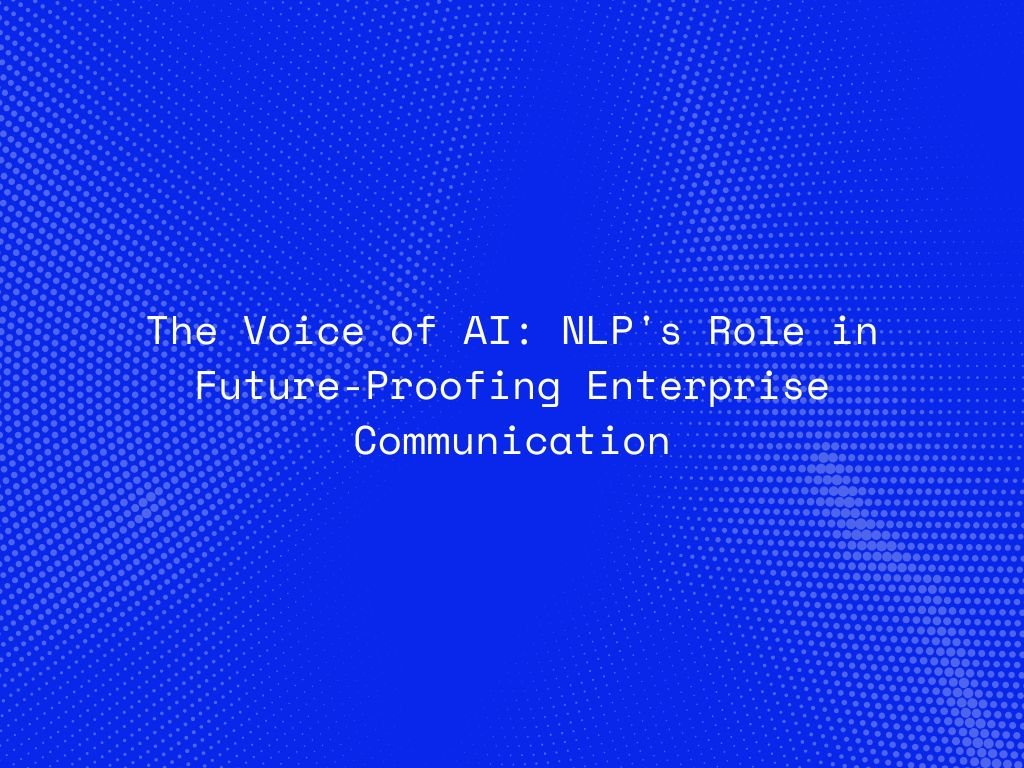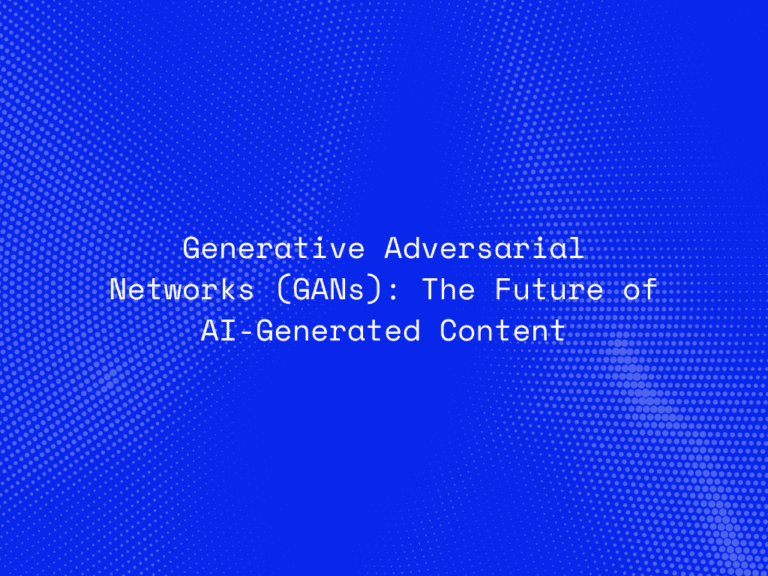In today’s digital enterprise, communication is no longer confined to emails and meetings—it’s omnichannel, real-time, and increasingly automated. With remote work, global teams, and customer demands growing at an unprecedented pace, businesses are under pressure to communicate more clearly, efficiently, and intelligently. That’s where Natural Language Processing (NLP) steps in.
NLP, a branch of artificial intelligence, enables machines to understand, interpret, and generate human language. From virtual assistants and automated emails to voice interfaces and real-time sentiment analysis, NLP is quietly reshaping how businesses interact—with customers, with employees, and with data itself.
As we look to the future, NLP is no longer just a tool—it’s becoming the voice of enterprise AI, powering a new era of intelligent communication.
What Is NLP and Why Does It Matter in 2025?
Natural Language Processing allows software to process human language in a way that mimics comprehension. It’s what enables search engines to interpret your questions, customer service bots to hold a conversation, and analytics tools to draw insights from unstructured text.
What makes NLP especially important in 2025 is its convergence with other technologies—such as large language models (LLMs), voice AI, and machine learning—making it more accessible, scalable, and accurate than ever before.
Key Roles of NLP in Enterprise Communication
1. Customer Service Transformation
Modern customer service relies heavily on chatbots, automated email responders, and intelligent virtual assistants. NLP ensures these tools understand queries, extract context, and respond with clarity and empathy. As a result, businesses offer faster, 24/7 support without compromising quality.
2. Intelligent Internal Collaboration
From transcribing meetings to summarizing lengthy reports, NLP tools streamline communication among teams. It enables employees to search internal documents more efficiently, auto-generate reports, and bridge language barriers in global organizations.
3. Sentiment and Intent Analysis
Enterprises collect vast amounts of customer feedback, social media data, and employee input. NLP helps analyze this content for sentiment, intent, and emotion—offering real-time insights that can inform product development, HR policies, and marketing strategies.
4. Enhanced Accessibility
Voice-to-text and text-to-speech capabilities make digital systems more accessible. Employees and customers with different abilities can now engage with systems through spoken commands or receive information audibly.
Conversational AI and the Rise of Voice Interfaces
One of the most transformative applications of NLP is in conversational AI—systems that allow people to interact using natural speech. Voice-enabled assistants are already used in customer service, sales, HR, and IT support.
As these systems evolve, they’re becoming more context-aware, better at remembering previous interactions, and capable of managing complex multi-turn conversations. This shift is pushing enterprises to design communication interfaces that feel human, intuitive, and seamless.
Enterprise Use Cases of NLP
| Department | Use Case |
|---|---|
| HR | Resume screening, employee sentiment analysis |
| Customer Service | Chatbots, auto-responders, voice assistants |
| Sales | Lead qualification, email personalization |
| Marketing | Content generation, campaign sentiment tracking |
| Compliance | Document scanning, policy extraction, risk detection |
| IT Support | Ticket classification, automated troubleshooting |
Challenges in Enterprise NLP Implementation
Despite its potential, NLP adoption in enterprises isn’t without hurdles:
-
Data Privacy: NLP tools often analyze sensitive text. Securing data and ensuring compliance with GDPR or HIPAA is critical.
-
Bias and Fairness: NLP models can inherit biases from their training data. Continuous auditing and ethical AI practices are essential.
-
Context Understanding: Language is nuanced. Sarcasm, idioms, and cultural context can be difficult for machines to fully grasp.
-
Integration Complexity: Embedding NLP in legacy systems and workflows requires thoughtful planning and robust APIs.
Looking Ahead: Future Trends in NLP for Enterprises
● Multilingual NLP
As businesses go global, NLP systems are evolving to handle multiple languages seamlessly—offering translation, localization, and native-language support.
● Emotionally Intelligent AI
NLP is advancing to detect not just sentiment, but deeper emotional states. This will allow AI to respond with appropriate tone, empathy, and nuance.
● Real-time Summarization and Decision Support
Executives and employees alike will benefit from tools that summarize long discussions, meetings, and documents—delivering concise, actionable insights instantly.
● Multimodal NLP
By combining text, speech, images, and video, multimodal NLP systems will provide more holistic understanding, powering more intuitive interfaces.
Conclusion: Communication, Elevated by AI
Communication has always been the lifeblood of business. Today, it’s being redefined by AI and, more specifically, by NLP. As enterprises strive to operate at digital speed—balancing efficiency, personalization, and scalability—NLP becomes the silent engine powering their conversations.
By investing in NLP, businesses aren’t just upgrading their tools—they’re future-proofing their communication strategy, ensuring they remain agile, intelligent, and human-centric in a world that’s changing faster than ever.




